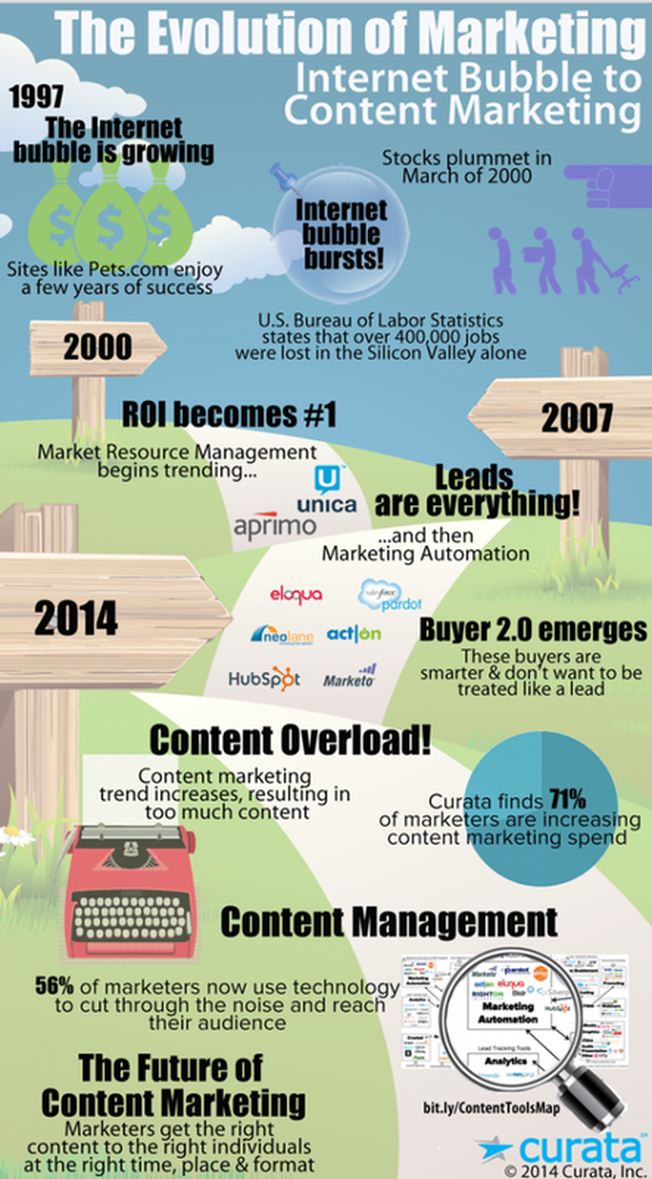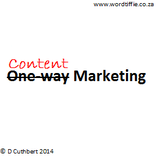| I’ve had several people ask me lately if I will still be operating during the lockdown, so I thought I’d put out a quick post to clarify my situation. Because I work primarily from my home office and mostly communicate via online tools like email, Skype, Zoom, WhatsApp, etc. (many of my clients are in other cities or countries), the lockdown has almost no effect on my ability to work – other than not being able to attend face to face meetings with local clients for the time being. |
Lockdown is a great time to reassess your business and decide what, if any, changes will need to be made to your business model or product/service offering.
Use this period to upgrade your website copy, create some new content, generate some new marketing materials or improve your existing collateral (company profile, case studies, white papers, email marketing/drip campaigns, brochures, flyers, posters, social media publishing calendars and content, etc.)
Make sure you come out of lockdown ready to roll – while many of your competitors are still trying to find their feet (and get over their Netflix addiction 😊).
Please feel free to contact me if you have any current copywriting, content writing, or content marketing needs.
Darrell
+27 72 225 8074 (call/WhatsApp)
[email protected]
Skype: darrell.cuthbert
Use this period to upgrade your website copy, create some new content, generate some new marketing materials or improve your existing collateral (company profile, case studies, white papers, email marketing/drip campaigns, brochures, flyers, posters, social media publishing calendars and content, etc.)
Make sure you come out of lockdown ready to roll – while many of your competitors are still trying to find their feet (and get over their Netflix addiction 😊).
Please feel free to contact me if you have any current copywriting, content writing, or content marketing needs.
Darrell
+27 72 225 8074 (call/WhatsApp)
[email protected]
Skype: darrell.cuthbert

















 RSS Feed
RSS Feed

